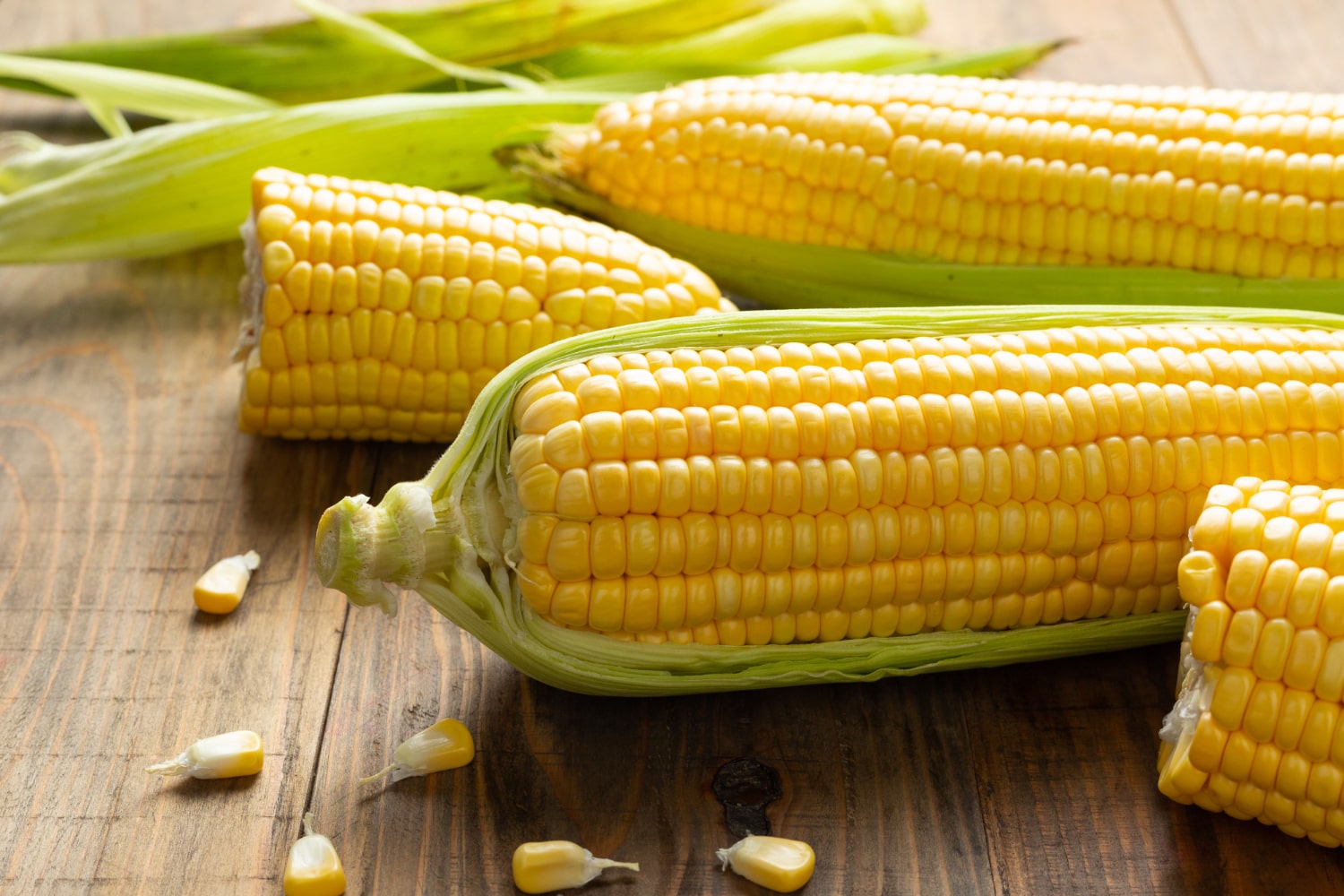Corn is one of the most well-known and widely grown crops in the world. It has accompanied humanity for thousands of years and has become a symbol of agriculture in many cultures. Today, it is used not only for food but also in industry, medicine, and biofuel production. Below is a collection of interesting facts about corn that you might not know, offering a deeper look into this remarkable plant.
- Corn was domesticated about 9,000 years ago in the area of present-day Mexico. Its wild ancestor, teosinte, looked very different and had small, hard kernels. Ancient inhabitants of the Americas gradually turned it into a productive food crop through selective breeding. Corn quickly became the basis of the diet for many civilizations.
- Corn was the primary food source for the Maya, Aztecs, and Incas. It not only provided essential nutrients but also held a sacred role in rituals. In many myths of Central American peoples, humans were created from corn. This highlights its exceptional cultural and spiritual importance.
- After Columbus discovered America, corn rapidly spread across Europe, Asia, and Africa. It adapted to various climates and became a major agricultural crop in many countries. Thanks to its hardiness, it is grown from Italy to South Africa. Today, corn is cultivated on every continent except Antarctica.
- There are over 3,000 varieties of corn worldwide, each with unique characteristics, colors, kernel shapes, and flavors. Some varieties are white, yellow, red, purple, and even blue. Certain types are used for popcorn, others for cooking or grinding into flour. This diversity makes corn a highly versatile crop.
- Corn is a primary component of livestock feed. Its kernels are used to produce nutrient-rich feed full of starch and protein. Leaves and stalks are often used as silage for cattle. This reduces the cost of meat and milk production in many regions.
- Corn is not only used for food but also for producing biofuels. Ethanol made from corn serves as an alternative to gasoline in transportation. This type of fuel is more environmentally friendly, causing fewer carbon dioxide emissions. The United States is a global leader in producing corn-based ethanol.
- Popcorn is made from a special variety of corn whose kernels contain moisture inside. When heated, the water turns to steam and causes the kernel to explode from within. This results in the fluffy, expanded shape we recognize. Popcorn was known to Indigenous peoples long before the invention of microwaves.
- One corn stalk can produce one or several ears, depending on the variety and growing conditions. On average, each ear contains between 400 and 800 kernels. The kernels are arranged in neat rows that always come in even numbers. This is one of the botanical curiosities of corn.
- In the food industry, corn is used to make oil, flour, syrup, starch, and even candy. Corn syrup is especially popular in the United States, where it is added to countless processed foods. Corn starch is also used to create bioplastics and packaging materials. This makes corn a key raw material in the modern economy.
- Corn is rich in fiber, B vitamins, magnesium, and iron. It provides a high amount of energy due to its carbohydrate content. While it is not particularly high in protein, when combined with legumes, it forms a complete protein. This explains why corn and beans are dietary staples in many cultures.
- The genetic diversity of corn makes it a valuable subject in biological and agricultural research. Scientists study its genes to create new varieties with higher yields and disease resistance. In some laboratories, work is underway to develop corn that can grow in drought or salty soil conditions. This opens up new opportunities for global food security.
- Corn is often used in crop rotation in agriculture. It improves soil structure and helps reduce the spread of pests. After harvesting, stalk residues create mulch that retains moisture and prevents erosion. This supports sustainable farming practices.
- Corn plays a significant role in the art and folklore of many nations. It appears in songs, legends, embroidery, and traditional patterns. In some regions, harvest festivals are held with dances and fairs celebrating corn. It symbolizes fertility and the life-giving power of the earth.
- In modern cuisine, corn is used in a wide range of dishes from salads and soups to pies, casseroles, and beverages. In Mexico, it is used for tortillas, in Italy for polenta, and in the United States for cornbread. In South Korea, chilled corn water is a popular drink. This shows how globally integrated corn has become.
- Corn is gluten-free, making it safe for people with celiac disease. It is often used to produce gluten-free pasta, bread, cereals, and snacks. This offers more dietary options for those following specific food restrictions. Cornmeal is a staple in many gluten-free products.
- The height of a corn stalk depends on the variety, with some hybrids growing over 4 meters tall. This allows for greater biomass yield for feed. At the same time, compact varieties are better suited for mechanical harvesting. This flexibility helps adapt corn cultivation to different agricultural systems.
- Scientists use corn as a model organism in plant genetics research. Its genome has been fully sequenced, aiding studies on heredity, mutations, and genetic mechanisms. Corn was one of the first plants to undergo genetic modification to increase productivity. This significantly improved the efficiency of corn production.
These fascinating and informative facts about corn reveal not only its agricultural importance but also its cultural, economic, and scientific significance. This plant has become a true symbol of human development, adaptation, and innovation. Through these incredible facts, we can better appreciate the central role that corn plays in the lives of millions. Though it may seem ordinary, its potential and value are truly remarkable.





